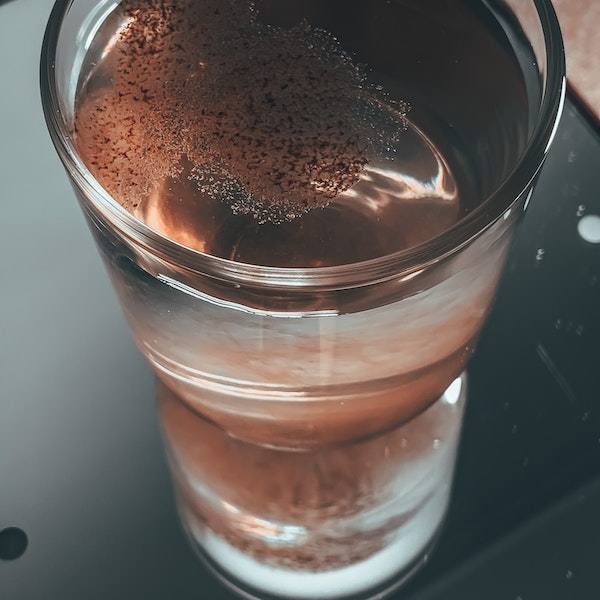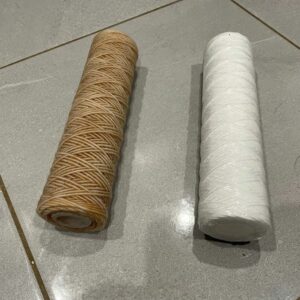What Is a Reverse Osmosis Filtration System?
Reverse osmosis filtration systems provide a powerful way to improve the quality of your water. By removing impurities and contaminants, reverse osmosis systems leave your water clean and safe for human consumption. This can be especially beneficial if you are on a well and don’t have access to municipally treated water.
Reverse osmosis systems force water through a semi-permeable membrane that captures the unwanted particles, leaving behind clean, refreshing water. The filtration accuracy of these distillation systems removes not only water molecules but also the tastes and odors from the water, making it much more enjoyable to drink or cook with. This is effective for any disease control.
Best of all, reverse osmosis water filters are largely self-maintaining and easy to install, so you can rest easy knowing that your drinking water is safe for consumption without any extensive maintenance costs or expensive plumber visits.
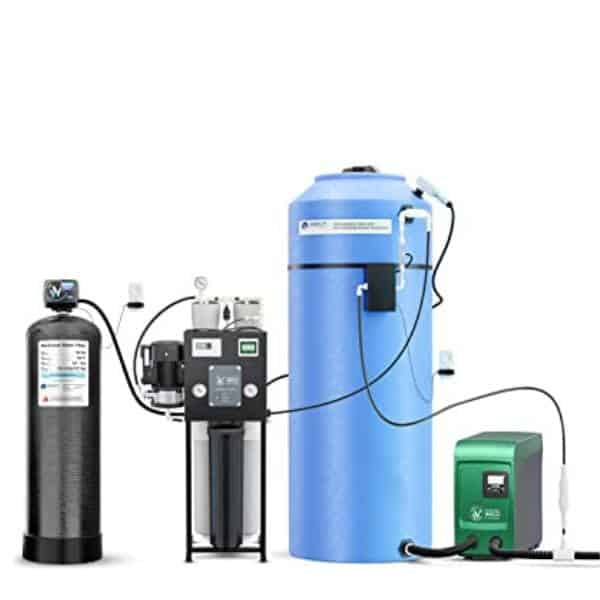
How Does a Reverse Osmosis Filtration System Work?
Reverse osmosis is an effective and efficient filtration system that helps eliminate impurities in drinking water. Used commonly in households and businesses, reverse osmosis systems start with a high-pressure pump that pushes water through a semi-permeable membrane.
The nano-filters within the membrane are tiny enough to allow pure water to pass while trapping minerals, salts, and other contaminants as they try to go through. These filters block chloramines, chlorine, arsenic, and lead which are common contaminants found in tap water.
After purification, reverse osmosis systems then add minerals back into the drinking water so you can still reap the health benefits of them instead of just having purified but otherwise tasteless water. The best reverse osmosis system will also preserve minerals that provide the natural taste of your drinking water.
As long as these reverse osmosis systems are maintained properly, they will last for years, ensuring you have healthy and clean drinking water for your home or business!
Does Reverse Osmosis Remove Bacteria?
A Reverse Osmosis filter is typically employed in various industrial processes, as well as water purification systems for homes. RO involves not only physical components, such as a semi-permeable membrane but also involves osmotic pressure and chemical barriers.
This makes it particularly effective at filtering out large particles, heavy metals, and organic compounds like calcium carbonate—but does it remove bacteria?
RO systems are highly effective at removing bacteria from water, making them a popular choice for home and commercial purification systems. Unlike other filtration means, such as activated carbon, Reverse Osmosis technology does not rely solely on physical filters but through a process of RO membrane filtration to differentiate between water molecules and dissolved contaminants.
This is how it can effectively remove bacteria from the source water since the molecular structure of most bacteria (around 0.2 microns) are bigger than the membrane openings (less than 0.001 microns).
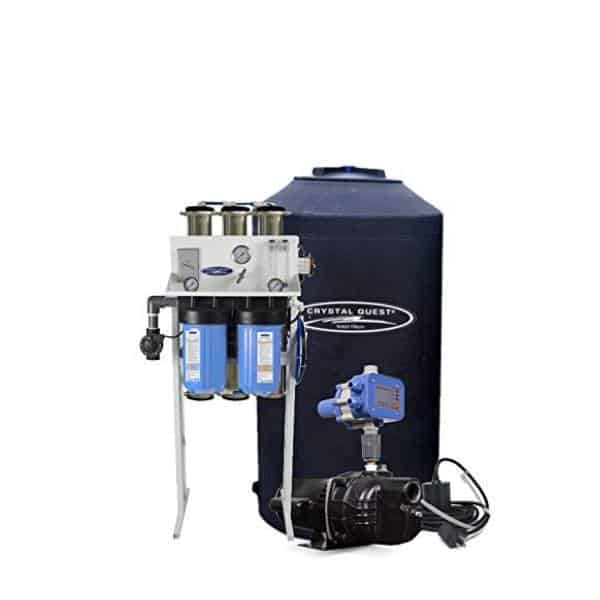
As an added benefit, this method also removes biological contaminants, organic material, heavy metals, and more! Since RO works by using pressure to push the water molecules through a membrane filter while blocking out sediment and harmful contaminants like lead, bacteria, and many other invisible impurities that could be present in our water supply, they are ultimately eliminated.
With all these benefits combined, Reverse Osmosis certainly holds great potential for improving water quality on both a domestic and industrial level.
What Else Reverse Osmosis Removes From Drinking Water?
Apart from removing bacteria from water, a reverse osmosis system also removes other contaminants like calcium, chloride, nitrates, sodium, and lead from the drinking water.
Moreover, it also removes viruses and other microorganisms as well as harmful chemicals and pesticides. While these contaminants create no taste or odor in water, they can be extremely harmful to your health when consumed over a period of time.
Reverse osmosis ensures that you get pure water to drink by eliminating all of these potentially dangerous substances. An added benefit of reverse osmosis systems is that it not only improves the flavor of your water but also increase the overall quality of your drinking experience.
Does Reverse Osmosis Remove Healthy Minerals As Well?
Reverse osmosis is a popular water filtration method that utilizes two filter membranes to separate pollutants and contaminants from clean, pure drinking water. However, one concern may be that while reverse osmosis membrane removes things like heavy metals and sediment, it also removes many beneficial minerals.
Fortunately, many modern systems contain remineralization filters to restore some of the healthy minerals into the water.
Additionally, depending on the particular make and model you buy, an RO filter can provide additional features beyond demineralization, like taste enhancement or UV light filtering to kill bacteria.
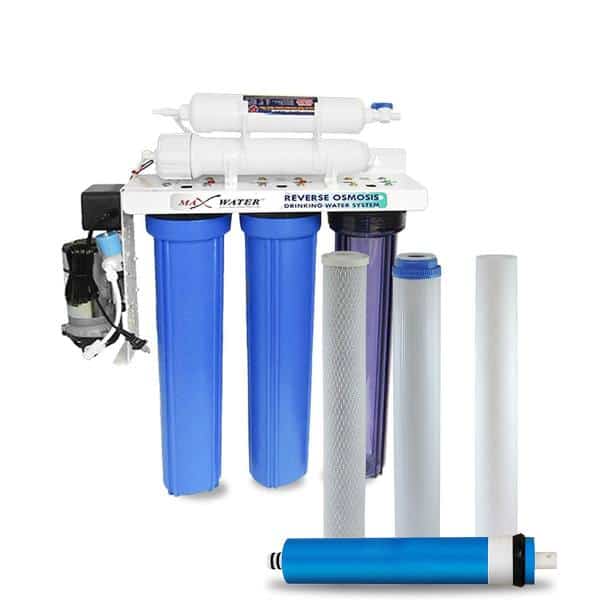
FAQs
Is Reverse Osmosis Safe for Drinking?
Yes, reverse osmosis systems are safe for drinking as they effectively remove bacteria and other harmful contaminants from the water. As long as the system is maintained regularly and filters are changed on time, all the potentially dangerous impurities can be eliminated from your drinking water.
What Are Dangerous Microorganisms?
Dangerous microorganisms refer to bacteria, viruses, and other pathogens that can make us ill if they come into contact with our bodies. These are often found in untreated water sources. Reverse osmosis systems remove these contaminants from drinking water, making it safe for consumption.
Does Reverse Osmosis Remove Chlorine From Water?
Yes, the treatment process of reverse osmosis is extremely effective at removing chlorine from drinking water. As the water passes through the membrane filter of a RO system, all the dissolved contaminants, including chlorine, are filtered out, and only pure water molecules remain.
What Is Remineralization?
Remineralization is adding healthy minerals, such as calcium and magnesium, back into the water after being removed by reverse osmosis. This helps improve not only the flavor of your water but also its overall quality for a better drinking experience.
Final Thoughts
In short, the very high effectiveness of RO systems is apparent. Because these systems are highly effective at removing bacteria from your drinking water. Not only does it remove the bacteria, but it also removes other contaminants such as salt, nitrates, fluoride, and other chemicals.
Additionally, depending on the model you purchase, you can even restore healthy minerals into the water with a remineralization filter. This makes reverse osmosis an excellent choice for ensuring that you have clean, pure drinking water in your home or business.
